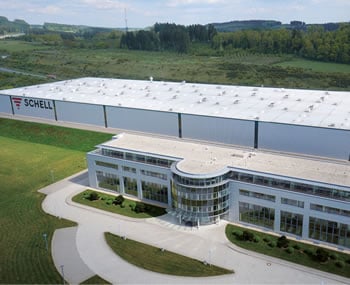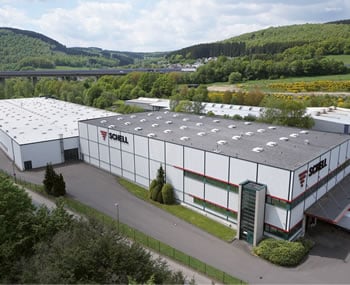Federal Environment Agency 2021 Drinking Water Report: full marks for drinking water in Germany
4-minute read
You’re thirsty and don’t have your water bottle with you – but fresh water is as close as the nearest wash basin. In Germany, tap water is guaranteed to be clean, natural and top quality, from the utility to the building. To ensure that it stays this way, regular lab analyses are conducted on the water sourced by water utility companies, with local health authorities also carrying out independent monitoring for compliance with parameters for drinking water quality.
In fact, drinking water is subject to the strictest regulations in the entire food sector. The most recent findings on German drinking water are presented in a detailed report from the Federal Environment Agency. Every three years, the German Federal Government submits this report on drinking water quality to the EU Commission – and a report is due again this year. According to the latest report, more than 99 percent of the readings taken meet or even exceed requirements, which once again confirms the outstanding quality of German drinking water.
What is German drinking water tested for?
From turbidity and colouration to salt content or pH: the quality of our drinking water is assessed based on these and other parameters in the ‘Sectoral report on the condition of drinking water’. For this year’s report, measurement data from 2017 to 2019 were collected, analysed and prepared for presentation before the full findings were then ready for publication in 2021. Overall, a total of 14 specific parameters play a role in quality monitoring work. One example is conductivity, which allows us to draw conclusions about the salt content in water. Measured values must be within a prescribed range – and the same is also true for water pH. Physical appearance is another important aspect: while clear and odourless water has a fresh and appealing quality, we think of cloudy water as being dirty and unappetising. Our drinking water should therefore exhibit no abnormalities or discrepancies in terms of odour, turbidity or colouration. Water quality also depends on the various substances that are present within it. As one example, 1 litre of drinking water must contain no more than 20 µg of nickel. Thresholds for substances like pesticides and bacteria in water are much more stringent, because these directly affect the health and safety of consumers. The gut bacterium Escherichia coli and coliform bacteria must be undetectable in 100 ml of drinking water, for example.
Avoiding bacterial growth with flushes
Despite routine inspections, thresholds can occasionally be exceeded, as was indeed the case with the ‘Coliform bacteria’ parameter in 2018. There was no immediate risk to health, however, since these are what are known as ‘indicator bacteria’, which allow us to draw conclusions about general changes in water quality and take appropriate action. When it comes to bacterial growth in drinking water, stagnation flushes are an important preventive mechanism, because bacteria proliferate fastest when water is allowed to stagnate in piping. Electronic fittings from SCHELL offer a straightforward way to program routine stagnation flushes. With a water management system like SCHELL SWS, setting up, monitoring and logging these stagnation flushes becomes even easier. SCHELL SWS is especially useful in cases where fittings need to be flushed in groups in order to generate a turbulent flow. This often becomes necessary to ensure the full and complete exchange of water throughout the water mains, since without this approach, speeds are too low to ensure that the piping is flushed right up to the pipe wall. The SCHELL SWS Water Management System offers centralised programming for groups of fittings. Once arranged into groups, the fittings can then be flushed simultaneously according to the parameters specified: this simulates full utilisation of the installation and flushes out the entire piping system at the necessary speed. Only a complete exchange of water can guarantee drinking water hygiene and maintain water quality within the building.
The right fitting for the right quality
The findings presented in the report from the Federal Environment Agency show that the tough regulations from German drinking water legislation were met by the sampling points with a success rate of almost 100 percent. Where thresholds were exceeded, this typically involved only temporary and highly localised incidents. One of these rare exceptions related to the parameter mentioned above, namely nickel. This can be the result of installing unsuitable fittings, often without consulting a professional installation firm who would have been able to assess the suitability of the fitting by looking at the corrosive and chemical properties of the local water. All SCHELL fittings of course utilise only the highest quality materials that are safe for use with drinking water. However, this is not the only reason why SCHELL fittings should be preferred for drinking water installations in public, semi-public and commercial sanitary facilities.
Fit for the future with fittings from SCHELL
Thanks to their innovative features and durable construction, a decision to install SCHELL fittings is a safe investment in the future. Electronic SCHELL fittings in particular are the most effective way to ensure drinking water hygiene is protected in any property. And to ensure that the excellent quality of German tap water, as again shown by the 2021 Drinking Water Report from the Federal Environment Agency, is maintained beyond the service connection to the building.

![[Translate to English:] [Translate to English:]](/fileadmin/_processed_/1/b/csm_symstemloesungen_e2_thumb_6bca267f26.jpg)
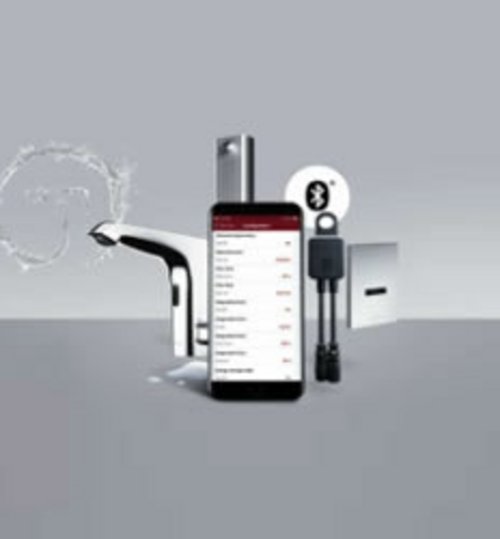
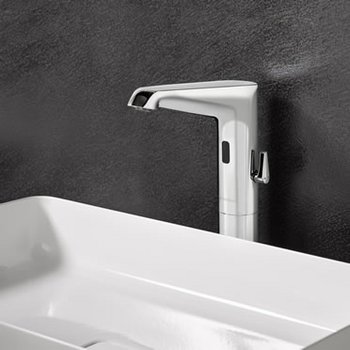
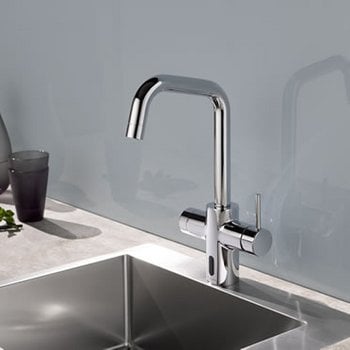
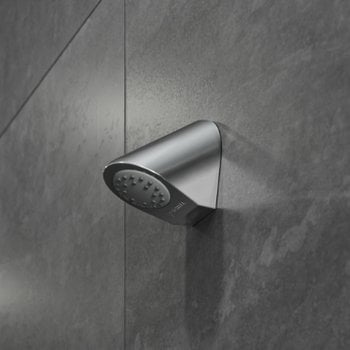
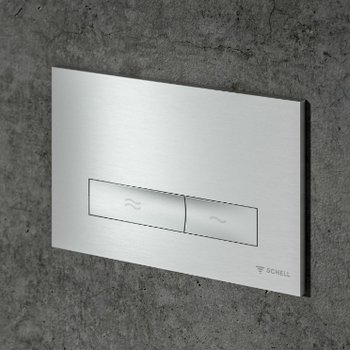
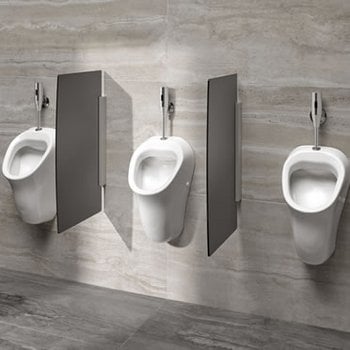
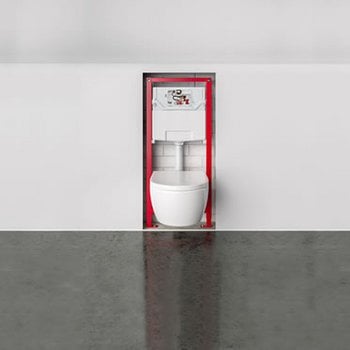
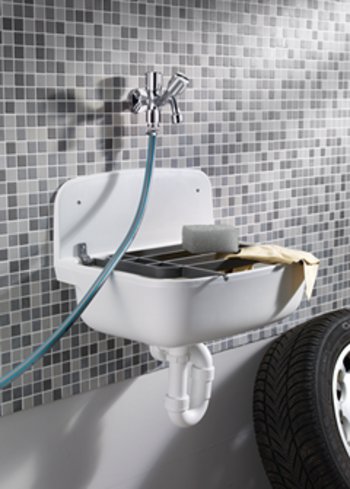
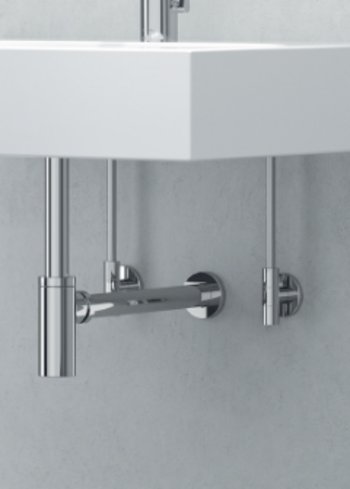
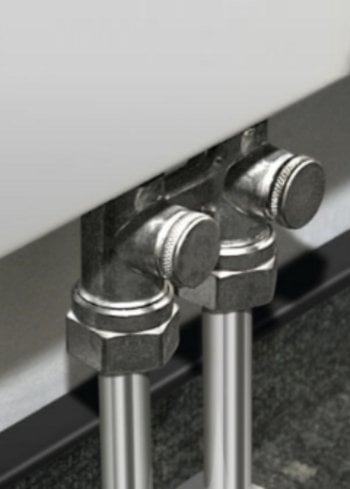
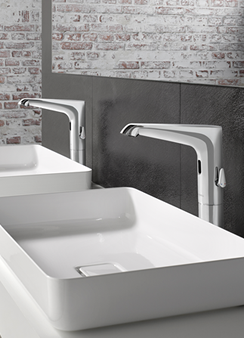
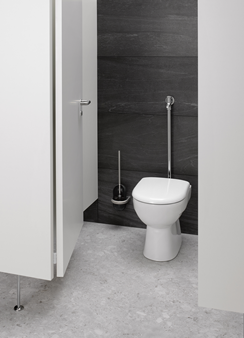
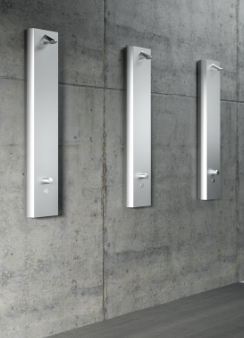

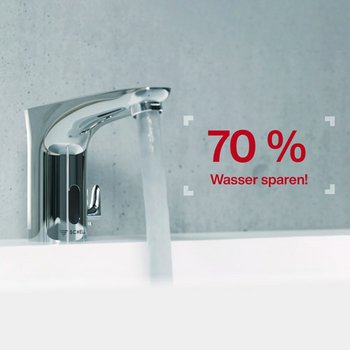
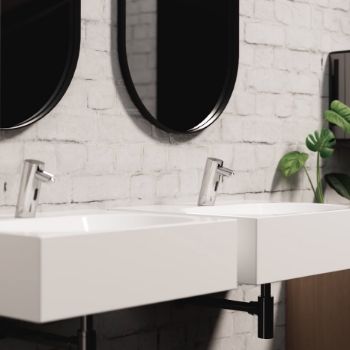
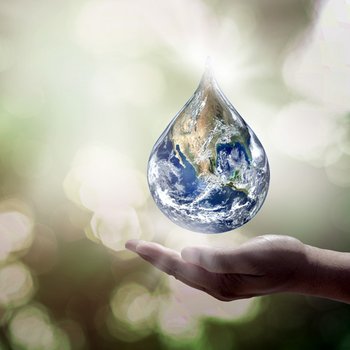

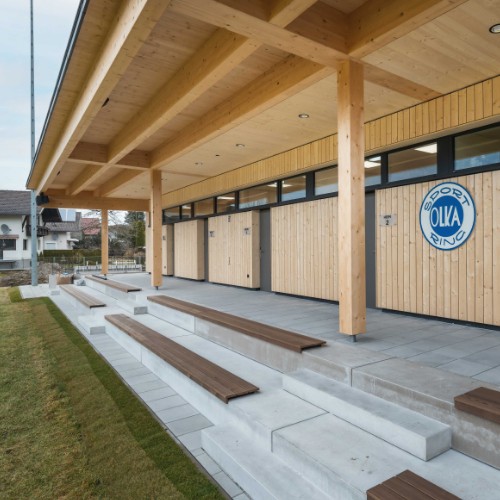
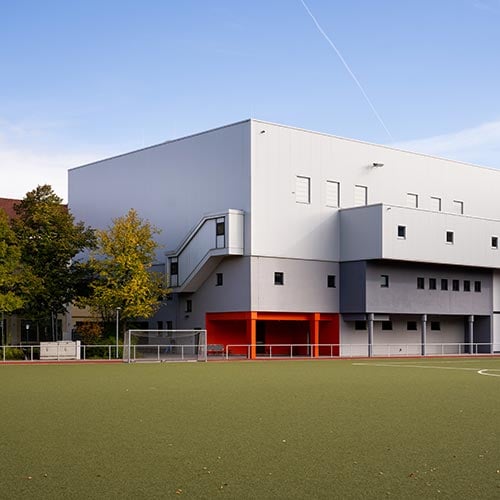
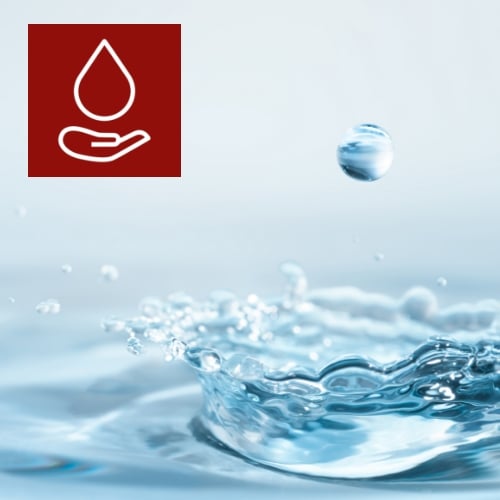
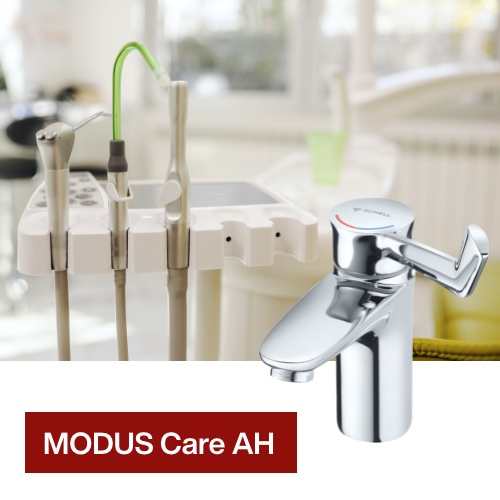
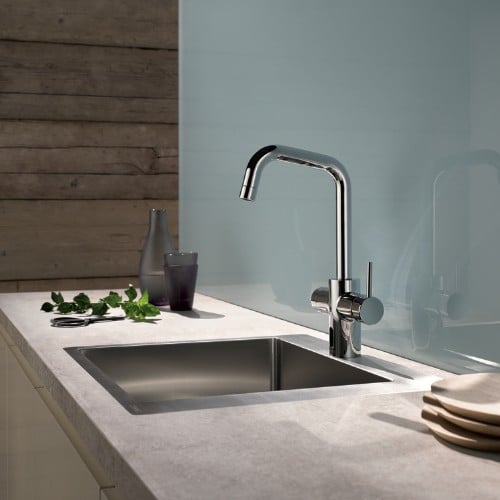
![[Translate to English:] [Translate to English:]](/fileadmin/user_upload/images/menu/menu_service_downloads_broschueren.jpg)




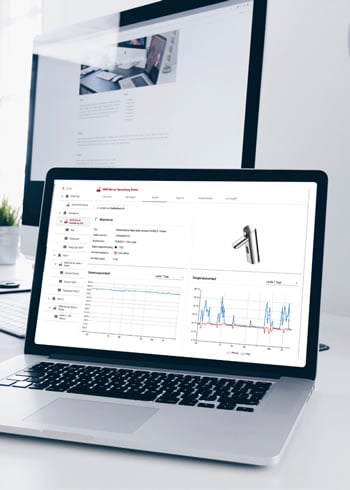


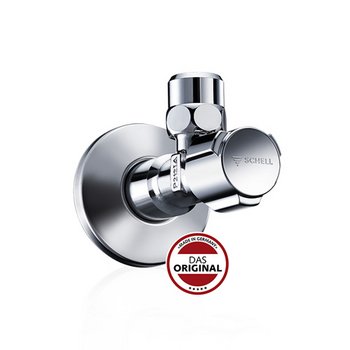
![[Translate to English:] [Translate to English:]](/fileadmin/_processed_/7/7/csm_menu_unternehmen_ueber-schell_awards_f6cec25b1d.jpg)
![[Translate to English:] [Translate to English:]](/fileadmin/_processed_/a/0/csm_menu_unternehmen_ueber-schell_wasser-sparen_41036d2dd9.jpg)


